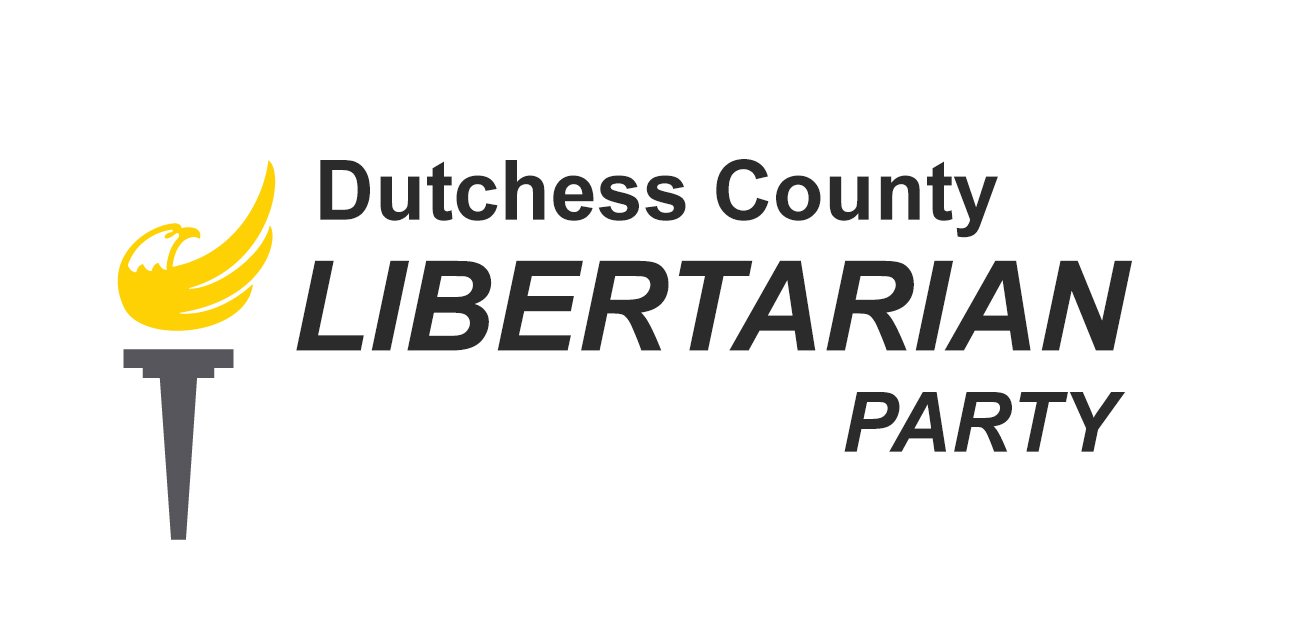Ranked Choice Voting, Part 2
A month ago I wrote about Ranked Choice Voting (RCV), explaining it for those who – like myself not long ago – did not know about or understand it. Just to recap, RCV is a voting system which allows voters to rank candidates on the ballot in order of preference rather than choosing just one candidate. In the context of New York’s politics, there is a major obstacle to understanding RCV, which is “Fusion Voting,” whereby one candidate can run on multiple party lines.
Fusion Voting makes for very strange arrangements on the ballot. It is not uncommon for a candidate (usually in local races) to be endorsed by both the Democrats and Republicans, the two parties which are supposed to be “sworn enemies.” In uncontested races, the lone candidate’s name may appear four times – once for each balloted party. Though this gives third-parties greater visibility, it confuses many voters and leaves them with the cynical impression that ultimately the candidates stand for nothing!
Fusion Voting’s greatest irony is that it came into law as a means of reducing voters’ confusion about a given candidate’s values. Back in 1936, smaller parties could “raid” bigger parties’ primaries, fielding candidates who would appeal to the primary base, but whose message may differ from the party’s preferred centralist stance in the General Election. The law’s co-author, State Senator Irvin Pakula (R – Long Island City) denounced these “hybrid chameleons” who would declare their support after election to a party different from that which had elected them.
Nowadays the situation is somewhat reversed, but equally confusing. Bigger parties now “raid” smaller parties to commandeer their line. A telling example of this played out in 2018’s gubernatorial election. In April 2018 the Working Families Party resoundingly rejected Andrew Cuomo at its statewide committee meeting, only to endorse him in October of that year. He quickly repaid the favor by empanelling the “Public Finance Commission” to kick the Working Families Party off the ballot!
As Fusion Voting’s “ballot bingo” is confusing in normal circumstances, it is incompatible with RCV in any practical sense. If voters struggle to understand RCV when it ranks three candidates of distinct party affiliation, then there is no way it can work when one candidate secures five party lines!
This begins to explain my recent opposition to cross endorsements in the Libertarian Party of New York. Most Libertarians recognize that RCV is the system which will level the playing field in our favor, as it will allow voters to judge our candidates and initiatives based on their merits without fears of “splitting the vote.” RCV will even address voters’ concerns about “wasting the vote” on a candidate with little hope of winning. Since we recognize that RCV is the Libertarian Party’s future, we need to get used to conducting ourselves as if Fusion Voting has been phased out in favor of RCV.
This position is stated cognizant of all the “burden” this imposes on us, and of some less desirable consequences which can ensue. When we can no longer leverage the bigger parties’ candidates for visibility on the ballot, we will have to stay in the public eye by other means. This will take money, manpower and creativity. In short, all the requirements for success at the ballot box! One less desirable consequence of Fusion Voting’s discontinuation may be more “paper candidates,” but that is not the end of the world. Even nominal candidates acquire some insight and expertise about the electoral system which is added to our party’s institutional knowledge base. In 2020, we have several candidates statewide who – against such steep odds – may be characterized pejoratively as paper candidates, but who have risen to the challenge and are memorably connecting with their electorate. Again, experiences contributing to our party’s institutional knowledge base.
Like a baseball player who proactively starts a strict diet in advance of spring training so as to confront said training’s rigors more effectively, the Libertarian Party of New York should wean itself of cross endorsements to the greatest extent possible. This will allow us to contend more successfully in the political landscape which RCV creates. That is, if you will, the “ulterior motive” informing my stance on cross endorsements’ discontinuation, more than mere “purity” tests.
As things now stand, those favoring cross endorsement’s discontinuation are a minority, but that is immaterial. RCV is coming to New York State, despite what our critics may prefer. Indeed, RCV has already taken hold in our biggest city of New York, at least for their primaries. When Libertarians, Democrats and Republicans have no resort but to run as – heaven forbid – Libertarians, Democrats and Republicans, those in our party engaged in “Saratoga systems” of peddling our line for influence will have to adapt to the straighter dealing which Ranked Choice Voting fosters.
